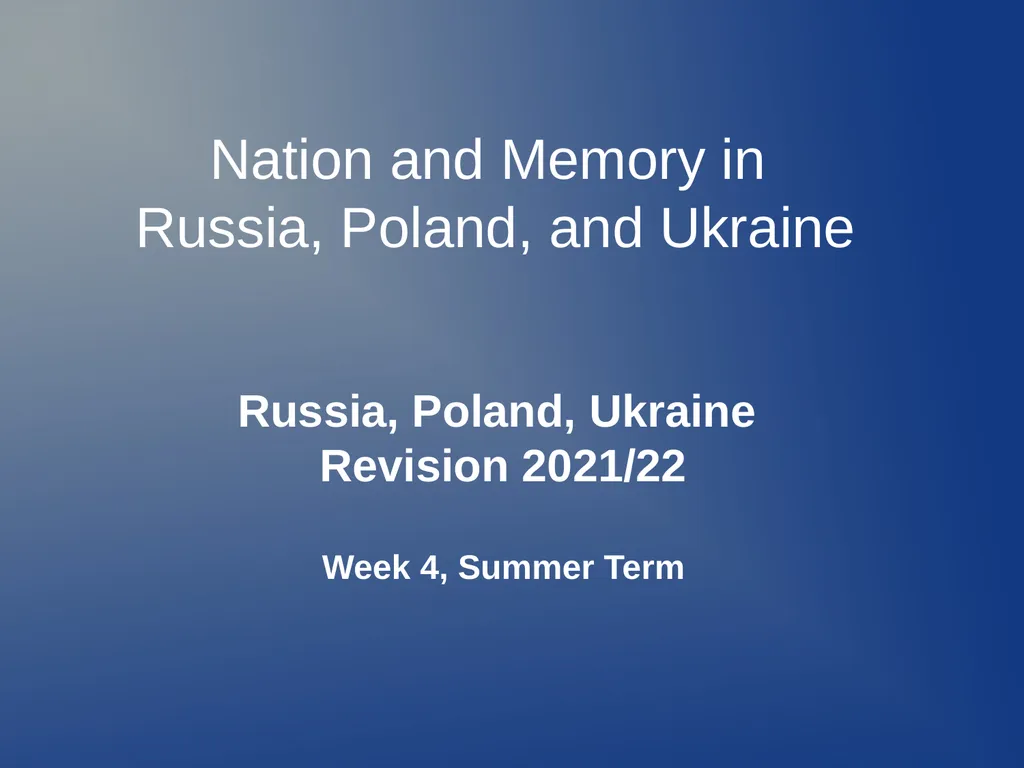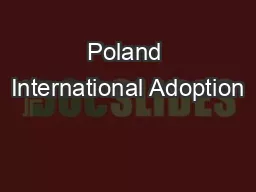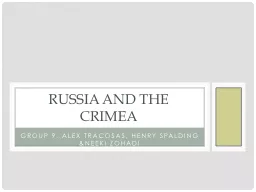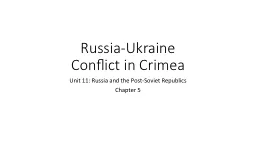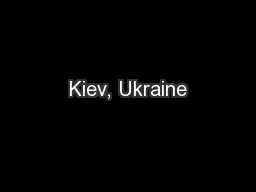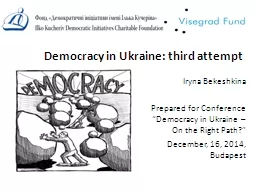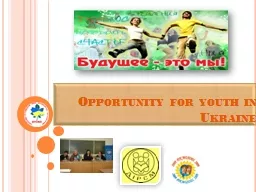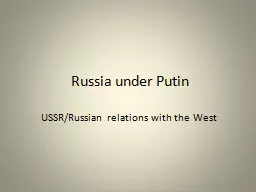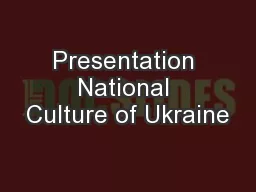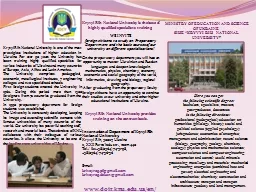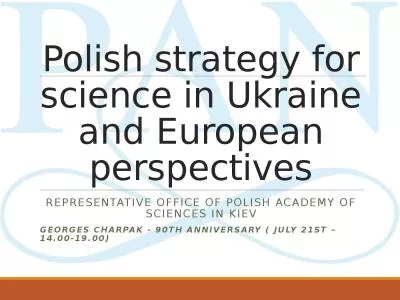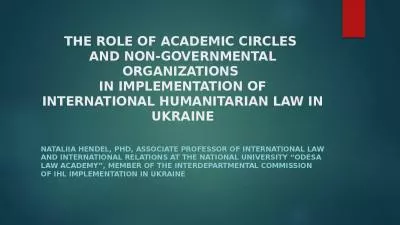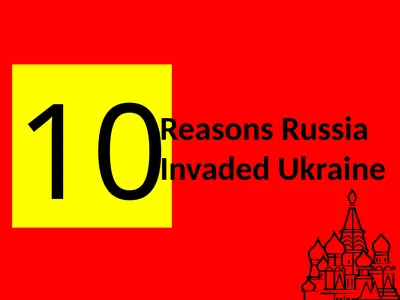Nation and Memory in Russia, Poland, and Ukraine
Author : giovanna-bartolotta | Published Date : 2025-07-16
Description: Nation and Memory in Russia Poland and Ukraine Russia Poland Ukraine Revision 202122 Week 4 Summer Term Outline 1 Nation and nationalism 2 Russia Poland Ukraine in the 19th century 3 Culture and Nation 4 The nationalisation of
Presentation Embed Code
Download Presentation
Download
Presentation The PPT/PDF document
"Nation and Memory in Russia, Poland, and Ukraine" is the property of its rightful owner.
Permission is granted to download and print the materials on this website for personal, non-commercial use only,
and to display it on your personal computer provided you do not modify the materials and that you retain all
copyright notices contained in the materials. By downloading content from our website, you accept the terms of
this agreement.
Transcript:Nation and Memory in Russia, Poland, and Ukraine:
Nation and Memory in Russia, Poland, and Ukraine Russia, Poland, Ukraine Revision 2021/22 Week 4, Summer Term Outline 1. Nation and nationalism 2. Russia, Poland, Ukraine in the 19th century 3. Culture and Nation 4. The nationalisation of the masses 4. The period of the two world wars 5. Relevance today Primordialist view Nations are fixed, they are natural and they are ancient Modernist view Nations are a product of modernity, they are constructed by elites, nationalists created nations Intermediate view Nations are modern but have roots in pre-modern eras and cultures. Two types of nationalism (Hobsbawm) Eric Hobsbawm, Nations and Nationalism since 1780 Nation building in non-dominant ethnies and the role of intellectuals (Phase A) Groups in the ethnic community start to discuss their own ethnicity and conceive of it as a nation-to-be: scholarly enquiry into and dissemination of an awareness of the linguistic, cultural, social and historical attributes of the nation-to-be (Phase B) A new range of activists try to “awaken” national consciousness and to persuade as many members as possible of the ethnic group – the potential compatriots – that it is important to gain all the attributes of a fully-fledged nation: (1) development of a national culture based on the local language and its use in education, administration and economy, (2) civil rights and self-administration, (3) creation of a complete social structure – beginning of a national movement (Phase C) A mass movement is formed which pursues these aims: a fully-fledged social structure of the would-be nation comes into being Miroslav Hroch, From National Movement to the Fully-Fledged Nation, pp. 61-62 Who are we? What does it mean to be a Pole, a Russian, a Ukrainian Who can become a member of the nation? What is more important, objective criteria or subjective identification with the nation? How to win the peasants (which peasants) for the national project? Outline 1. What is a nation? 2. Russia, Poland, Ukraine in the 19th century 3. Culture and Nation 4. The nationalisation of the masses 4. The period of the two world wars 5. Relevance today Latin (Roman-Catholic) traditions Conflict with Teutonic Order The ‘noble republic’ The partitions: reasons: punishment of god, evilness of partitioning powers, weakness of Polish constitution, geography, division of society and exploitation of peasants, egoism of nobility Romantic nationalism, messianism and uprisings Realists: organic work Who is a Pole? Different concepts (inclusive, exclusive) Key questions -
